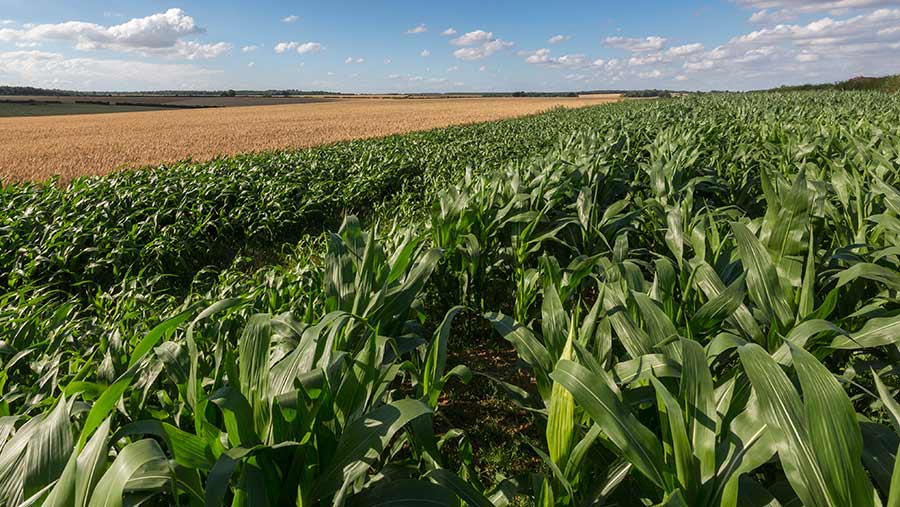Opinion: ‘Land sharing’ is best policy for regen ag to thrive
 © Tim Scrivener
© Tim Scrivener Much has been written about the move to regenerative farming. Lots of hyperbole from its supporters and its detractors.
Farming suffers from too many vested interests to unilaterally applaud a system that focuses on reducing intensity to improve net margin.
People bicker over the definition of “regeneration”, crudely shaping it to match their own circumstance, like an eight-year-old trying to make a vase out of a block of clay.
See also: The case for regen ag is more emotion than analysis
I abide by Groundswell’s five key principles: don’t disturb the soil; keep the soil surface covered; keep living roots in the soil; grow a diverse range of crops; and bring grazing animals back to the land.
I hesitate to refer to it as a nascent approach to farming, because it is an adaptation of an age-old way of doing things that we have largely forgotten.
Regenerative farming makes complete sense when arable farming margins are tight and stewardship payments attractive.
Roll back to 23 February 2022. Russia invades Ukraine, wheat prices soar, and the regen bandwagoners are throwing their sandals to the back of the cupboard and dusting off their market boots and Schoffel waistcoats.
After eight years of farming this way, and immersing myself with others who are trying to do the same, I have learned as much about the necessary change in mindset as I have the changes in husbandry.
There is no short-termism with the principles of regenerative farming.
If the government wants a policy that keeps food affordable for the population, straddling rewilding while driving productivity at a time of extraordinary volatility, it needs to be much more coherent in its messaging.
Countryside Stewardship, the Knepp Estate and vineyards were the new kids on the block when hipsters were paying £4 for a pint of craft ale. Beer is now £6 a pint, and the beards have gone.
Environmental Land Management (ELM) and the Sustainable Farming Incentive are in grave danger of being shelved before the joiner has finished building the shelf.
Earlier this year, I had the good fortune to be invited to judge farms in thriving arable counties far from Hertfordshire. The regenerative approach to which I refer was conspicuous by its absence.
On these farms, the five-year average wheat yield was nearly 2t higher than the baseline average that triggered many farmers I know to adopt regenerative in the first place.
Employing new technology to drive output was the mother driving their invention, and on these highly productive units it made complete sense.
Debating the merits of “land sparing” (where farmers maximise yields on one area of land and restore the rest to natural habitat) versus “land sharing” (where farmers are compensated for their reduced yield) has largely been seen as an investigation of academic theory, not practical in the real world.
My experience makes it clear to me that, in a period of high volatility, to prevent the see-sawing between trying to maximise yield and create habitat on marginal land, we need farm policies that underpin land sharing for those committed to regenerative farming.
To achieve the goals for ecological intensification and the increased productivity required for UK food security, there has never been a more appropriate time to devise explicit mechanisms to couple the two outcomes.
The ambition of ELM needs to be rethought to avoid a catastrophic failure to both the environment and land growing food.

